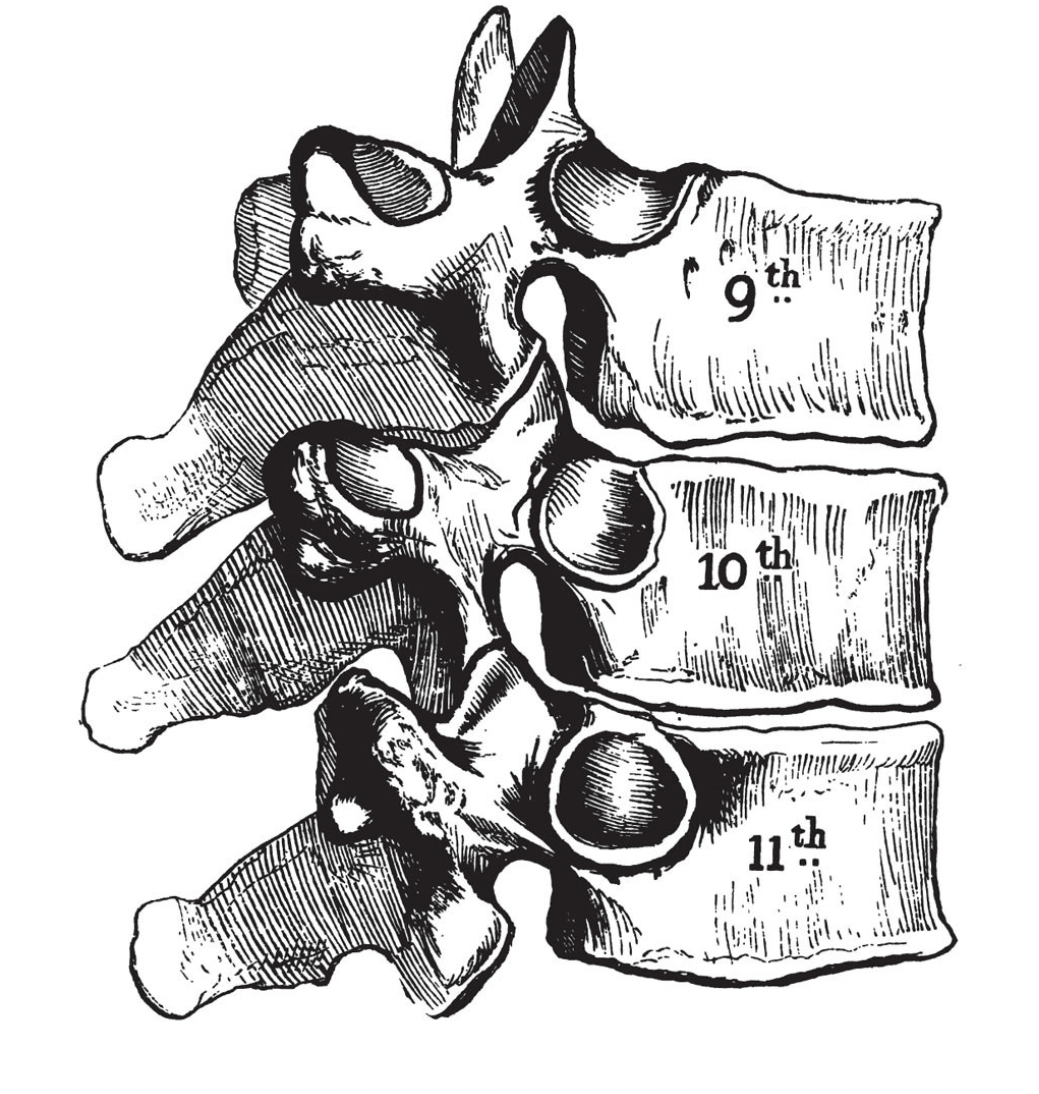
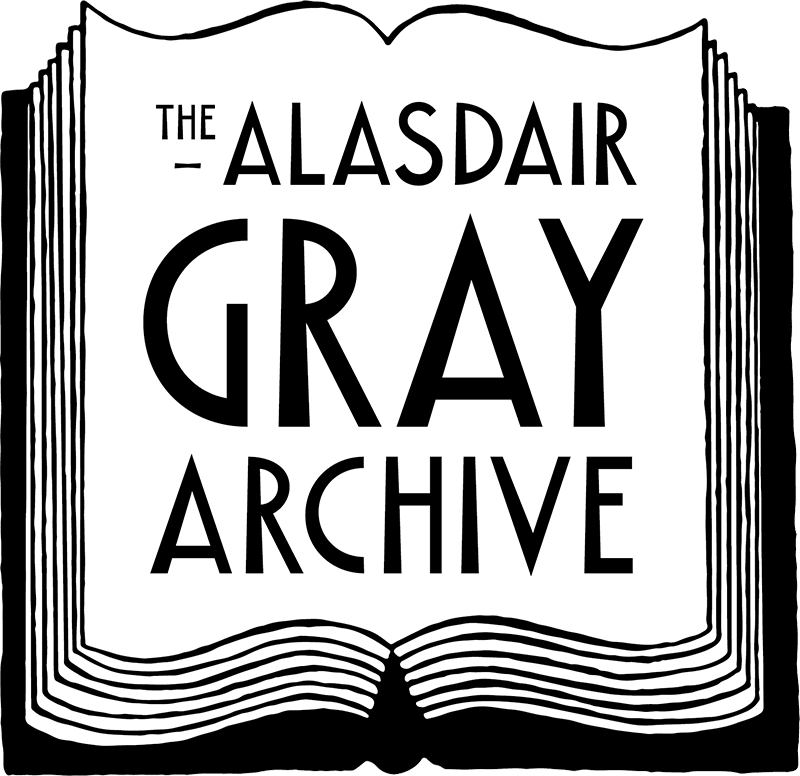
The Anatomy Lab is a collaboration between The Alasdair Gray Archive and Glasgow University's Hunterian Museum.
For those of you who have not yet walked through the (many) doors of The Hunterian, Scotland's oldest public museum, expect to be met by a vast array of diverse collections. You'll see scientific instruments, some used by James Watt and Joseph Lister, and be invited to explore major natural and life sciences holdings as well as the museum's extensive anatomical teaching collections bequeathed, most notably, by its namesake, William Hunter (1718–1783).
Note Historical
The Hunterian is a complex of museums. It covers the Hunterian Museum, the Hunterian Art Gallery, the Mackintosh House, the Zoology Museum and the Anatomy Museum, which are located in various buildings on the main campus of the University in Glasgow's West End.
Hunterian founder, Dr William Hunter, was a Scottish physician and teacher of anatomy who began his medical studies at the University of Glasgow in 1737. He used his wealth to build up the vast private collection which is the cornerstone of The Hunterian collections today. His bequest to the University of Glasgow in 1783 provided money to build a new museum to house the collections.
The Anatomy Lab is a digital exhibition that uncovers the (often surprising) connections between selected objects from The Hunterian, the University of Glasgow Special Collections, and Alasdair Gray’s Poor Things (1992). Delve into the Lab's interactive audio content and you'll discover more about the historical periods that shaped the backdrop to the working lives of Gray's characters, Glasgow University medical student Archibald McCandless and surgical genius Godwin Baxter.

How it works
When you enter The Anatomy Lab below you’ll be prompted to click on an icon. Each icon represents an object held in The Hunterian or in Glasgow University’s Special Collections. When you click on the + symbol beside an icon quotations from Poor Things will appear. These relate to the objects in various ways. Once you've read the quotations, click on the playbar beside the icon to gain access to audio recordings by one of our four contributors:
Professor Anthony Payne, who offers an overview of the history of anatomy at Glasgow University.
Iona Tytler, MSc in Gender History at Glasgow University who discusses the medicalisation of childbirth in the eighteenth century through the pioneering work of ‘man midwife’ William Hunter.
Dr. Mike Rutherford, Curator of Zoology and Anatomy at the Hunterian who discusses the curious tale behind a chair owned by James Jeffrey Regius Professor of Glasgow University (1790-1848).
Dr. Ianto Jocks who discusses the advances Scottish surgeon Sir William MacEwen made in the field of neurosurgery and the application of aseptic practice in the late 19th century.


Design for the proposed new building at Gilmorehill (1846) , architect John Baird, courtesy Glasgow University Archive Services
The University of Glasgow

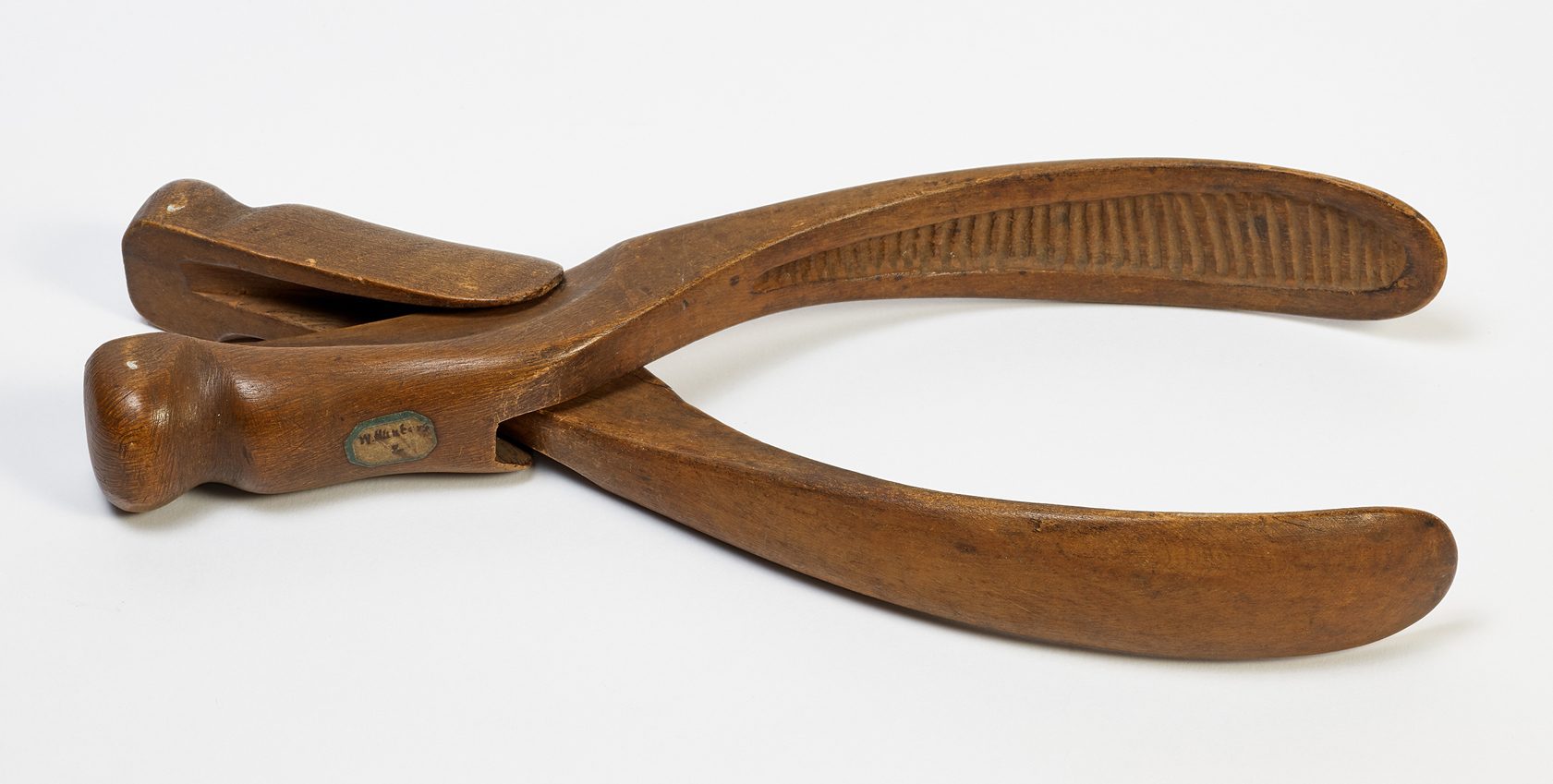
Midwifery forceps with leather covered handles and small paper label reading W.Hunter 5"" (description from Teacher 1900 catalogue), bequeathed by Dr William Hunter (1783), GLAHM:122961, collection: Anatomy/Pathology, courtesy The Hunterian Museum .
William Hunter's Forceps
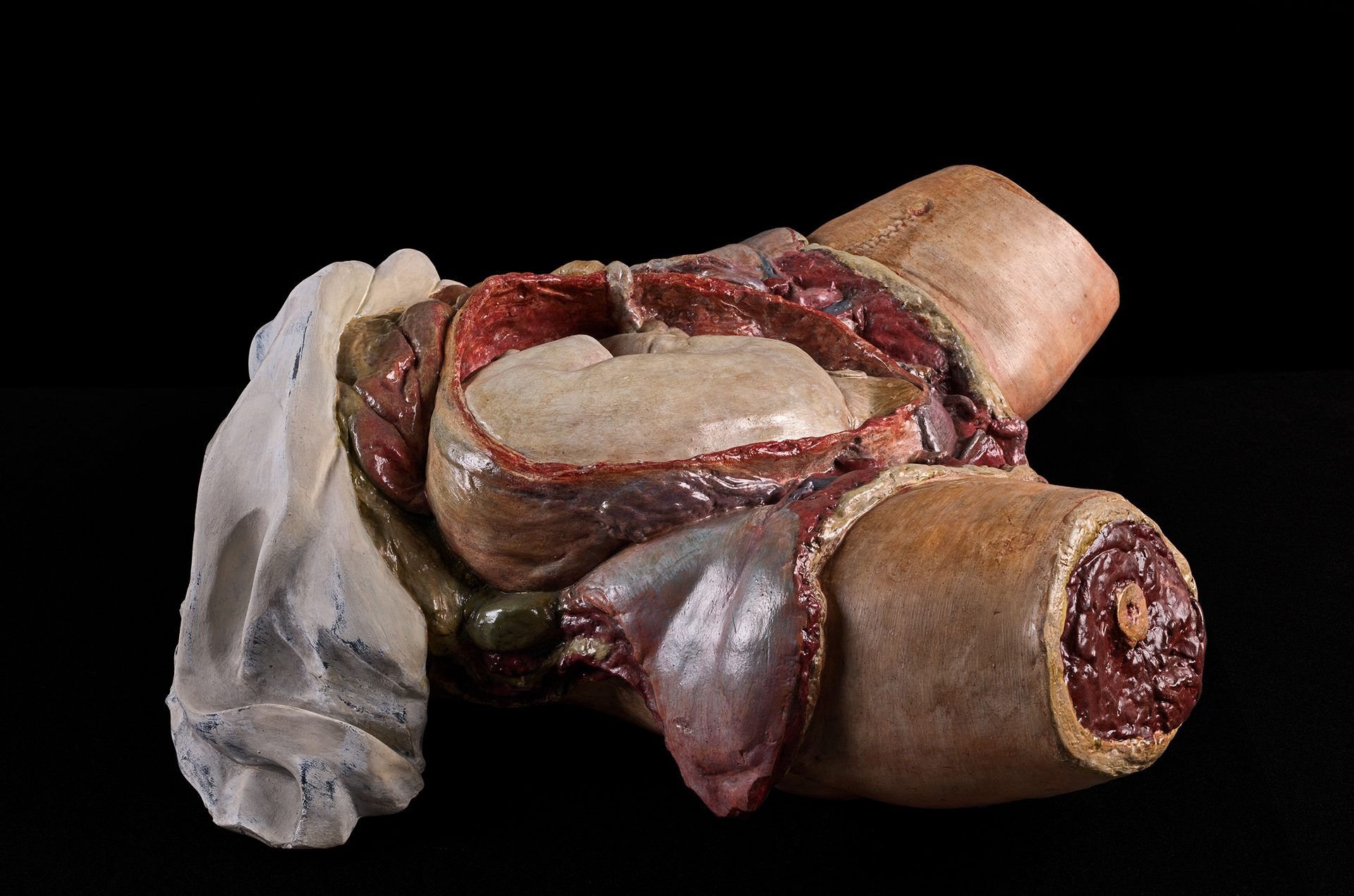
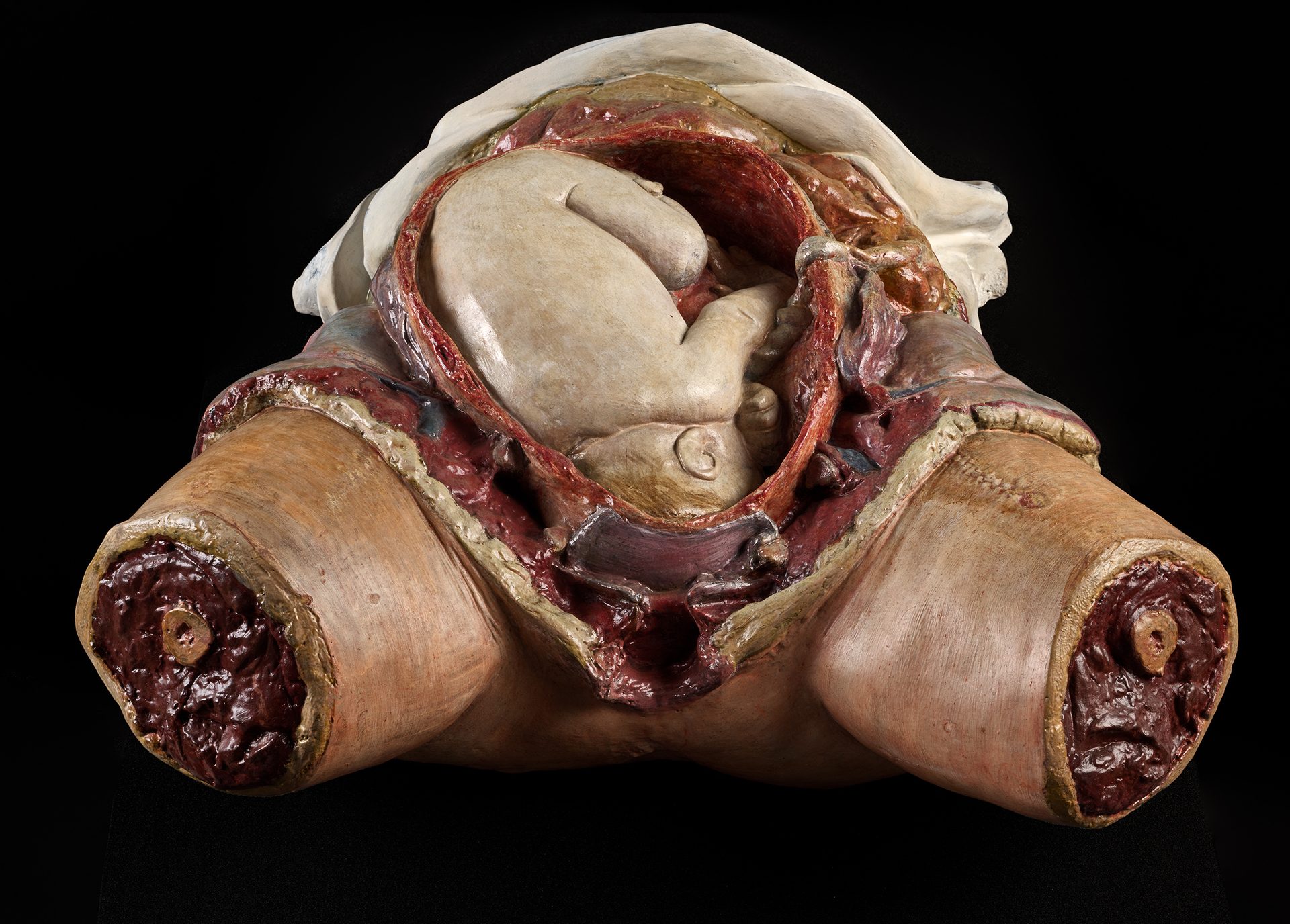
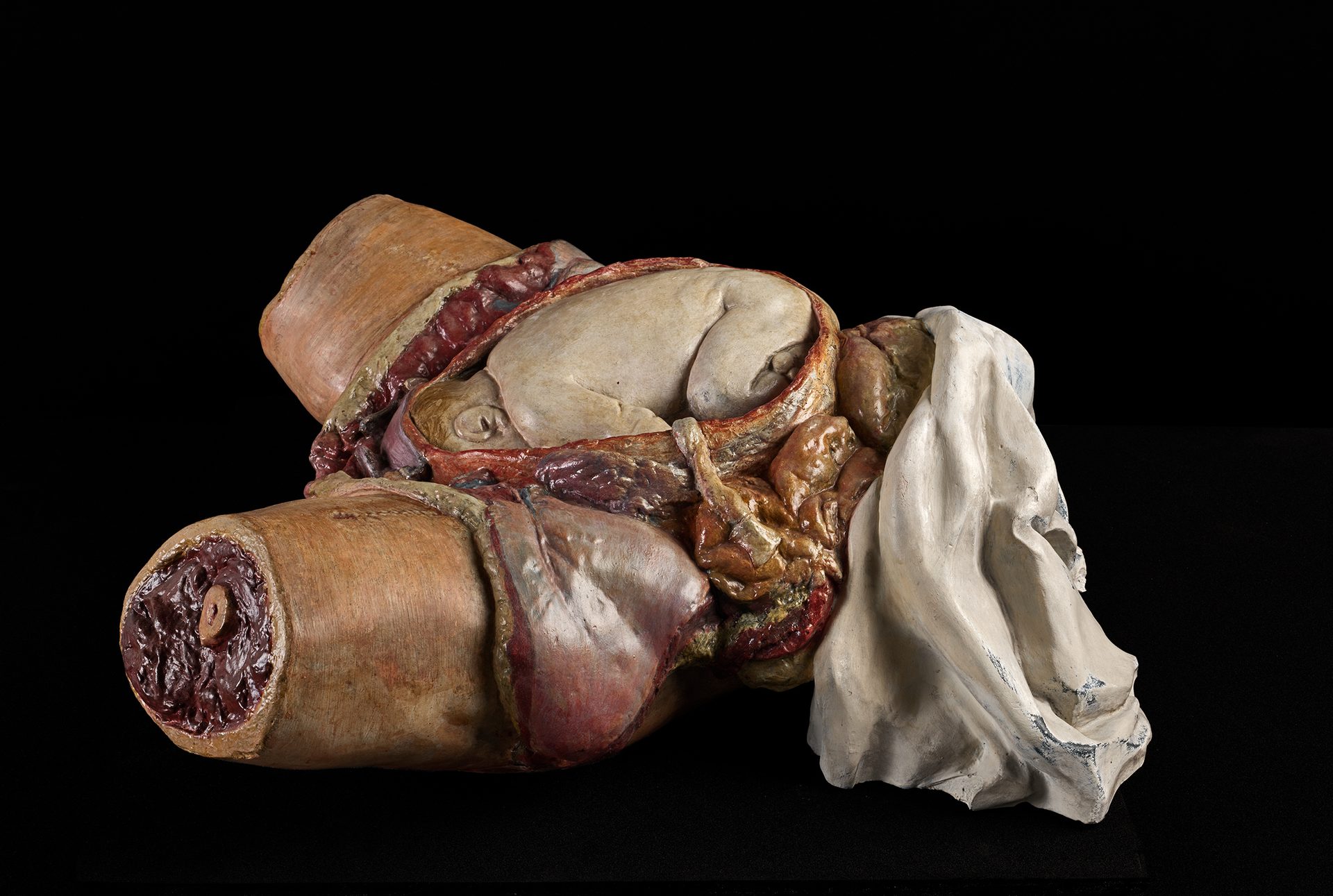

Model, cast, "The Child in the Womb in its Natural Situation" (c.1750), description from Marshall 1970, the casts represent different stages of dissection of the first subject in Hunter’s atlas (1774), a woman who died suddenly in the 9th month of pregnancy in 1750, Bequeathed by Dr William Hunter (1783), GLAHM:125630, Collection: Anatomy/Pathology, courtesy The Hunterian Museum

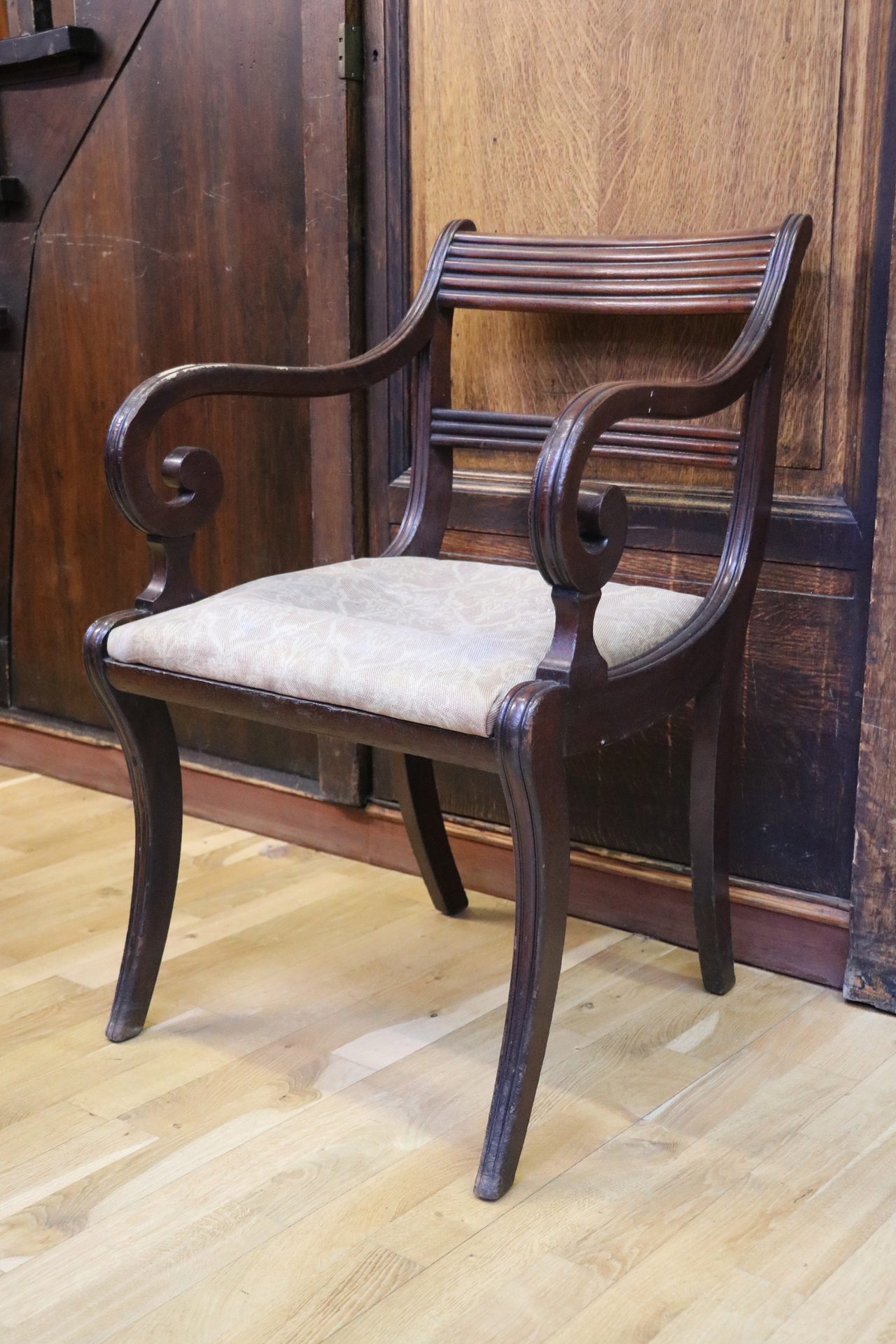
Regency era chair supposedly from the office of James Jeffray. Anatomy Department legend tells that in 1818 this chair was used to hold the body of executed murderer Matthew Clydesdale during the galvanism experiments conducted by Jeffray and Dr Andrew Ure. However, this is very unlikely as reports and drawings from the event all show the body on a table which would have been much more practical, donated by Mrs Elinor J. Robertson (1967), GLAHM:167607, courtesy The Hunterian Museum
James Jeffray's Chair

William MacEwen, Section of the Brain
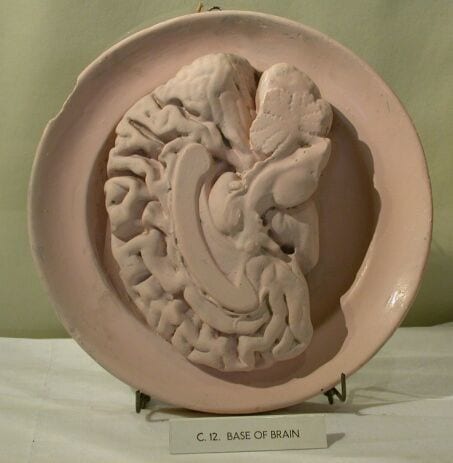
Plaster cast of sagittal section of whole brain to demonstrate distribution of nerve elements, description from Burton and Marshall 1962 catalogue, donated by Sir William MacEwen (1916-1924), GLAHM:122580, collection: Anatomy/Pathology, courtesy The Hunterian Museum
The Anatomy Lab


The Anatomy Lab is a collaboration between The Alasdair Gray Archive and Glasgow University's Hunterian Museum.
For those of you who have not yet walked through the (many) doors of The Hunterian, Scotland's oldest public museum, expect to be met by a vast array of diverse collections. You'll see scientific instruments, some used by James Watt and Joseph Lister, and be invited to explore major natural and life sciences holdings as well as the museum's extensive anatomical teaching collections bequeathed, most notably, by its namesake, William Hunter (1718–1783).
Note Historical
The Hunterian is a complex of museums. It covers the Hunterian Museum, the Hunterian Art Gallery, the Mackintosh House, the Zoology Museum and the Anatomy Museum, which are located in various buildings on the main campus of the University in Glasgow's West End.
Hunterian founder, Dr William Hunter, was a Scottish physician and teacher of anatomy who began his medical studies at the University of Glasgow in 1737. He used his wealth to build up the vast private collection which is the cornerstone of The Hunterian collections today. His bequest to the University of Glasgow in 1783 provided money to build a new museum to house the collections.
The Anatomy Lab is a digital exhibition that uncovers the (often surprising) connections between selected objects from The Hunterian, the University of Glasgow Special Collections, and Alasdair Gray’s Poor Things (1992). Delve into the Lab's interactive audio content and you'll discover more about the historical periods that shaped the backdrop to the working lives of Gray's characters, Glasgow University medical student Archibald McCandless and surgical genius Godwin Baxter.

How it works
When you enter The Anatomy Lab below you’ll be prompted to click on an icon. Each icon represents an object held in The Hunterian or in Glasgow University’s Special Collections. When you click on the + symbol beside an icon quotations from Poor Things will appear. These relate to the objects in various ways. Once you've read the quotations, click on the playbar beside the icon to gain access to audio recordings by one of our four contributors:
Professor Anthony Payne, who offers an overview of the history of anatomy at Glasgow University.
Iona Tytler, MSc in Gender History at Glasgow University who discusses the medicalisation of childbirth in the eighteenth century through the pioneering work of ‘man midwife’ William Hunter.
Dr. Mike Rutherford, Curator of Zoology and Anatomy at the Hunterian who discusses the curious tale behind a chair owned by James Jeffrey Regius Professor of Glasgow University (1790-1848).
Dr. Ianto Jocks who discusses the advances Scottish surgeon Sir William MacEwen made in the field of neurosurgery and the application of aseptic practice in the late 19th century.



Design for the proposed new building at Gilmorehill (1846), architect John Baird, courtesy Glasgow University Archive Services
The University of Glasgow


Midwifery forceps with leather covered handles and small paper label reading W.Hunter 5"" (description from Teacher 1900 catalogue), bequeathed by Dr William Hunter (1783), GLAHM:122961 collection: Anatomy/Pathology, courtesy The Hunterian Museum .
William Hunter's Forceps




Model, cast, "The Child in the Womb in its Natural Situation" (c.1750), description from Marshall 1970, the casts represent different stages of dissection of the first subject in Hunter’s atlas (1774), a woman who died suddenly in the 9th month of pregnancy in 1750, Bequeathed by Dr William Hunter (1783), GLAHM:125630, Collection: Anatomy/Pathology, courtesy The Hunterian Museum


Regency era chair supposedly from the office of James Jeffray. Anatomy Department legend tells that in 1818 this chair was used to hold the body of executed murderer Matthew Clydesdale during the galvanism experiments conducted by Jeffray and Dr Andrew Ure. However, this is very unlikely as reports and drawings from the event all show the body on a table which would have been much more practical, donated by Mrs Elinor J. Robertson (1967), GLAHM:167607, courtesy The Hunterian Museum
James Jeffray's Chair

William MacEwen, Section of the Brain

Plaster cast of sagittal section of whole brain to demonstrate distribution of nerve elements, description from Burton and Marshall 1962 catalogue, donated by Sir William MacEwen (1916-1924), GLAHM:122580, collection: Anatomy/Pathology, courtesy The Hunterian Museum
